We tested the SRAM Rival XPLR, the most affordable 13-speed electronic model from the brand for gravel
With the recent renewal of the Force and Rival groups, Sram has brought us an interesting novelty. It is the gravel version of each of them, expanding the AXS XPLR range of 13 speeds, which was previously limited to the exclusive and expensive RED group. We have tested the Rival version. The most accessible group to reach 13 speeds and with very interesting innovations. We tell you about our experience.
The SRAM Rival XPLR arrives in gravel with a strong impact
This is a novelty that will have a considerable impact on the ranges of most brands, since until now in gravel bikes, except for the high range where the RED already existed, it was necessary to choose between a double chainring or a somewhat limited single chainring in terms of range, or directly opt for mountain transmission and a very pronounced step between gears.
The Sram Rival AXS XPLR breaks with that, being able to reach the mid ranges with wireless transmission, 13 gears, and a robust direct mount derailleur. Furthermore, it benefits from an update in the brake levers and calipers that offer very powerful braking even with the use of just one finger.
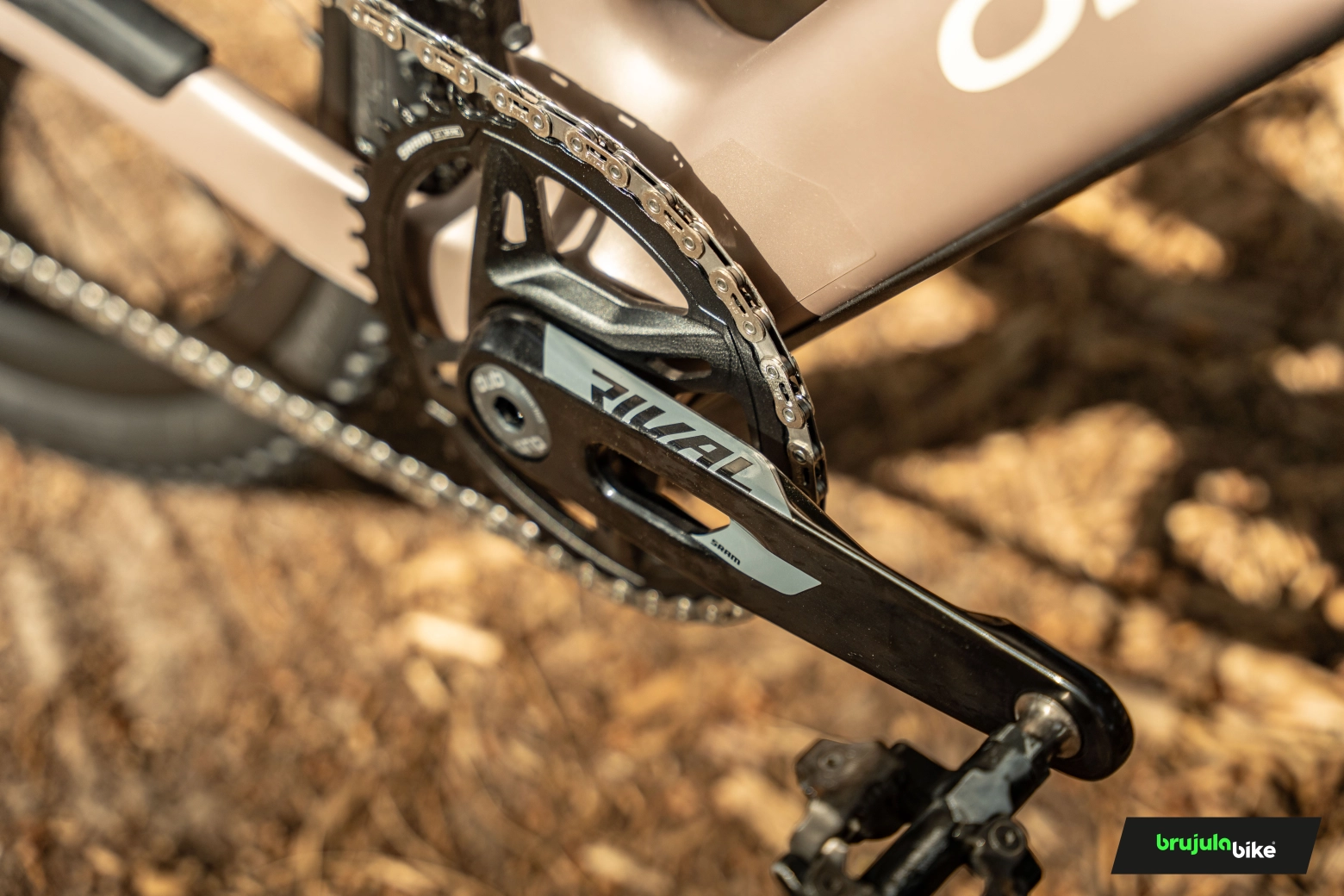
RECOMENDADO

When do helmets have to be changed? Do they have an expiration date?

How many days should a cyclist rest per week?
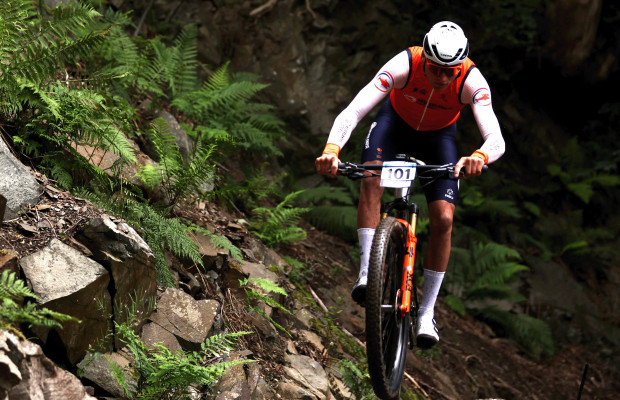
Some reasons to stay away from the road in winter
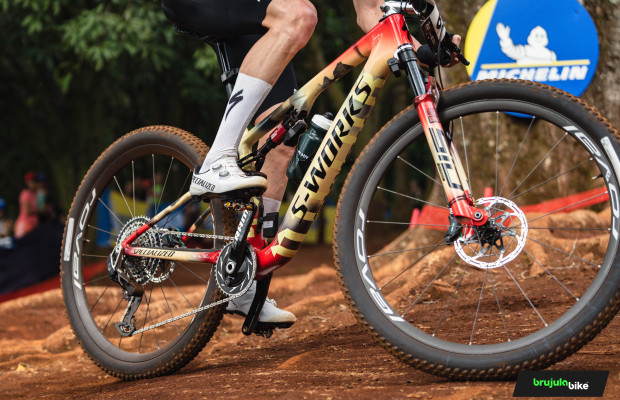
S-Works: what does it really mean and where does Specialized's most exclusive label come from?
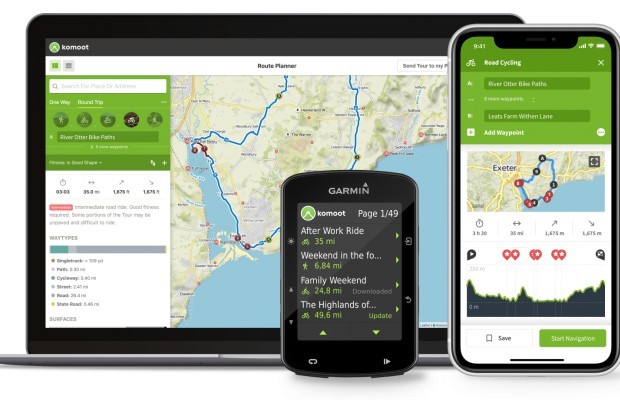
The best apps for cycling and mountain biking
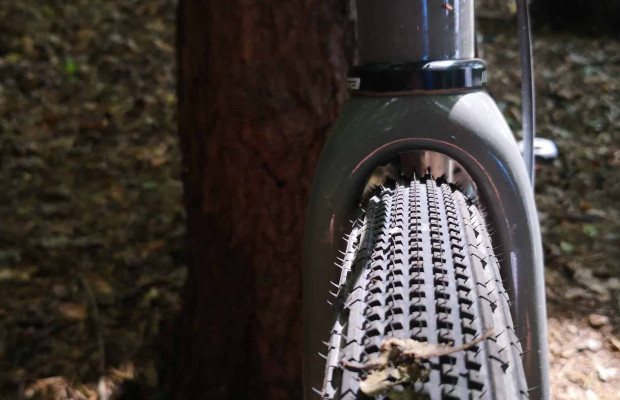
Why wider tires in gravel are faster
Starting with the brake levers. A thorough job has been done here to improve ergonomics. It is a lever that adapts to various hand sizes, with a very wide reach adjustment, so that we can reach it even with small hands.
The pivot point of the lever is higher, so, according to Sram, 80% less force is needed to brake from the top. This detail, combined with its ergonomics, allows us to brake with just one finger both from the top and from the bottom.
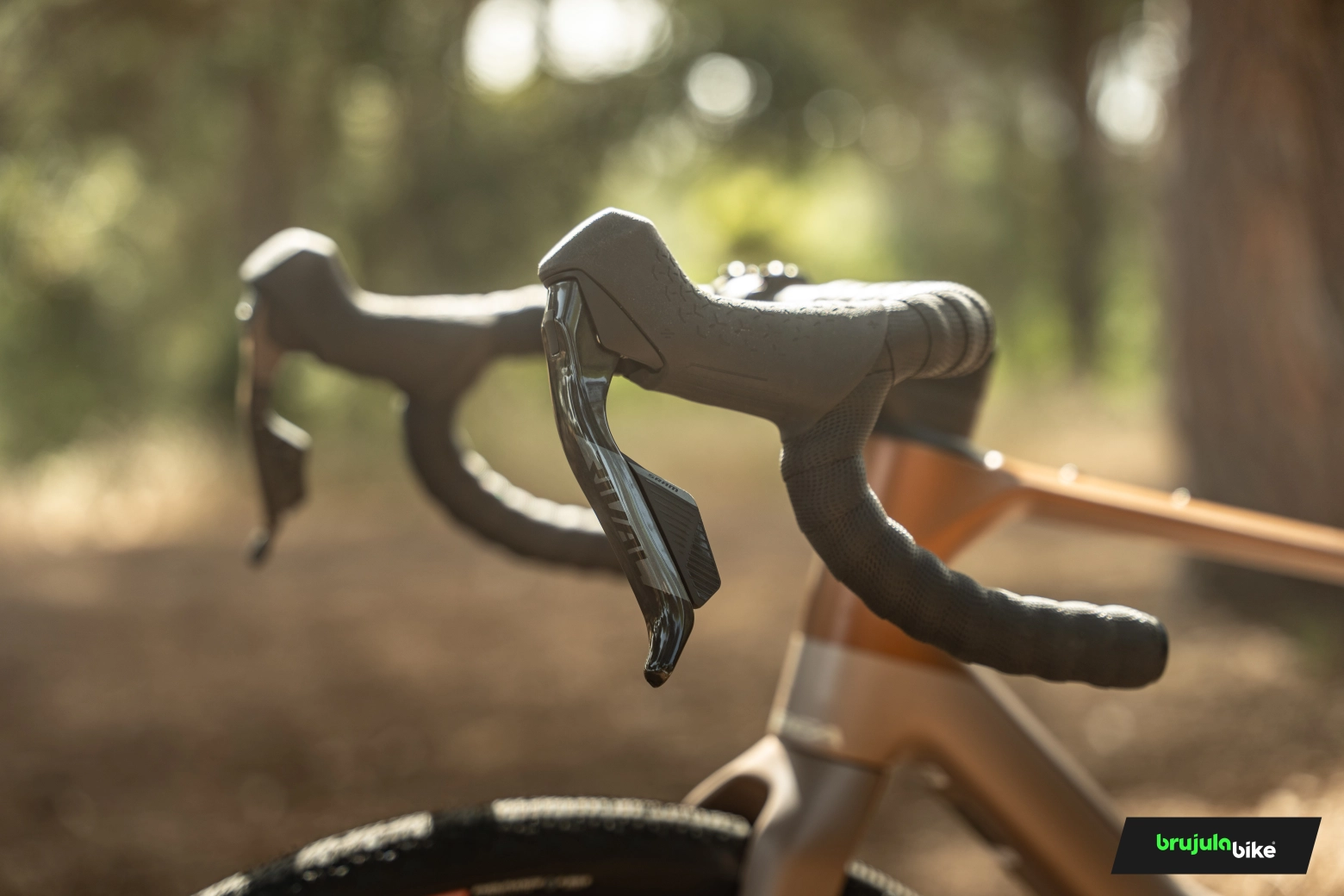
They also have the quality detail of carbon levers and a compact design that clearly moves away from those early Sram brake levers for disc brakes that were so bulky.
What we won't find in the Rival model are the so-called Bonus Buttons, which are additional buttons on the lever rubber that the Force and Red models have, and that can be configured to change from another position or linked to any Ant+ device.

Another component that stands out a lot in this new group is the derailleur itself. It is a very robust derailleur, directly mounted to the frame, in the style of mountain models, and without adjustment screws. This one is specific for 13 speeds and, like in MTB models, we can find replacements for certain parts of it.
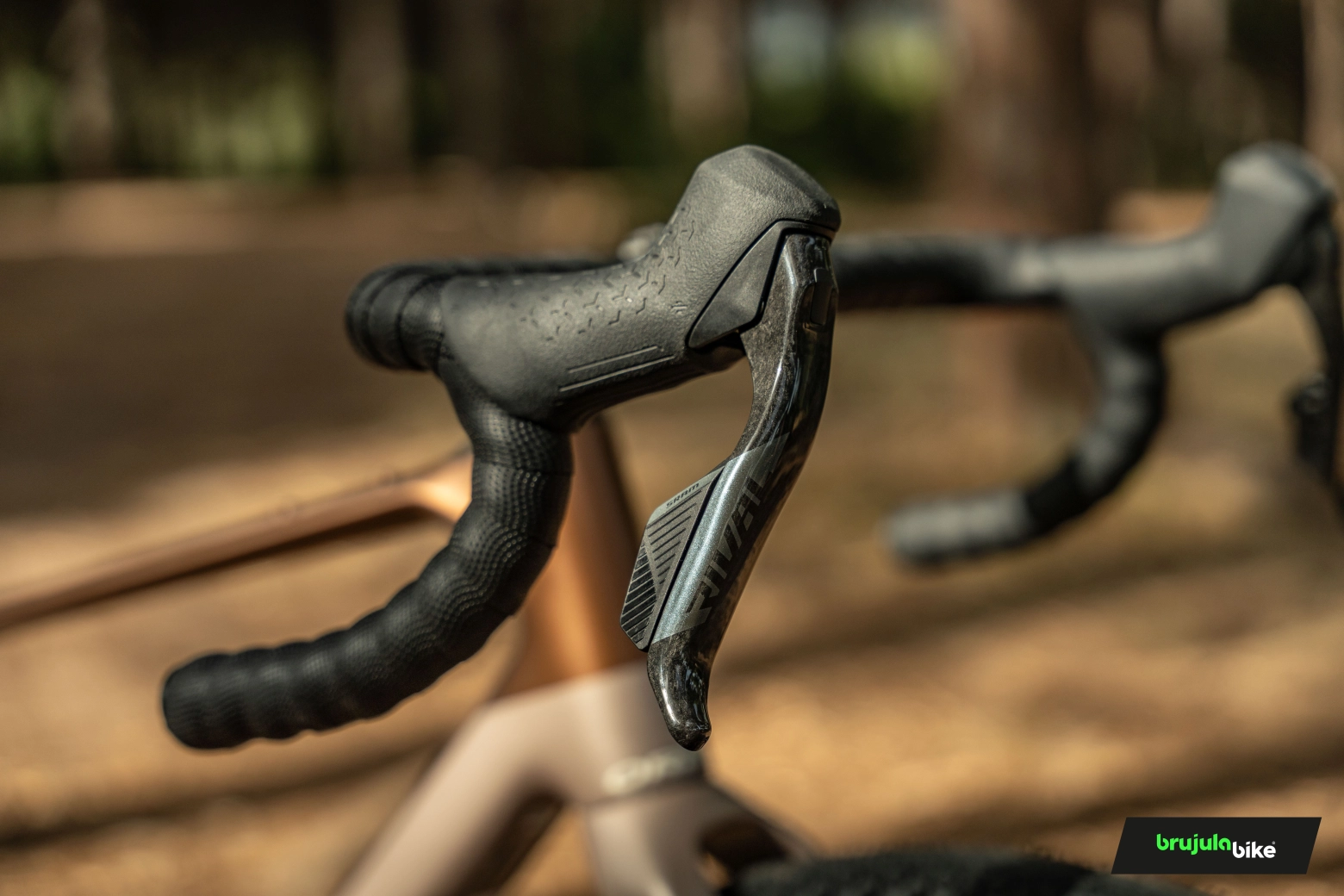
The cranks, which in the case of the Rival group are aluminum, also have a very particular aesthetic with a hole in the center and some recesses in some parts to lighten without losing rigidity. The chainrings are Direct Mount and we find them from 38 to 46 teeth. Being a single chainring, X-SYNC technology is used, alternating narrow and wide teeth, for better chain retention.
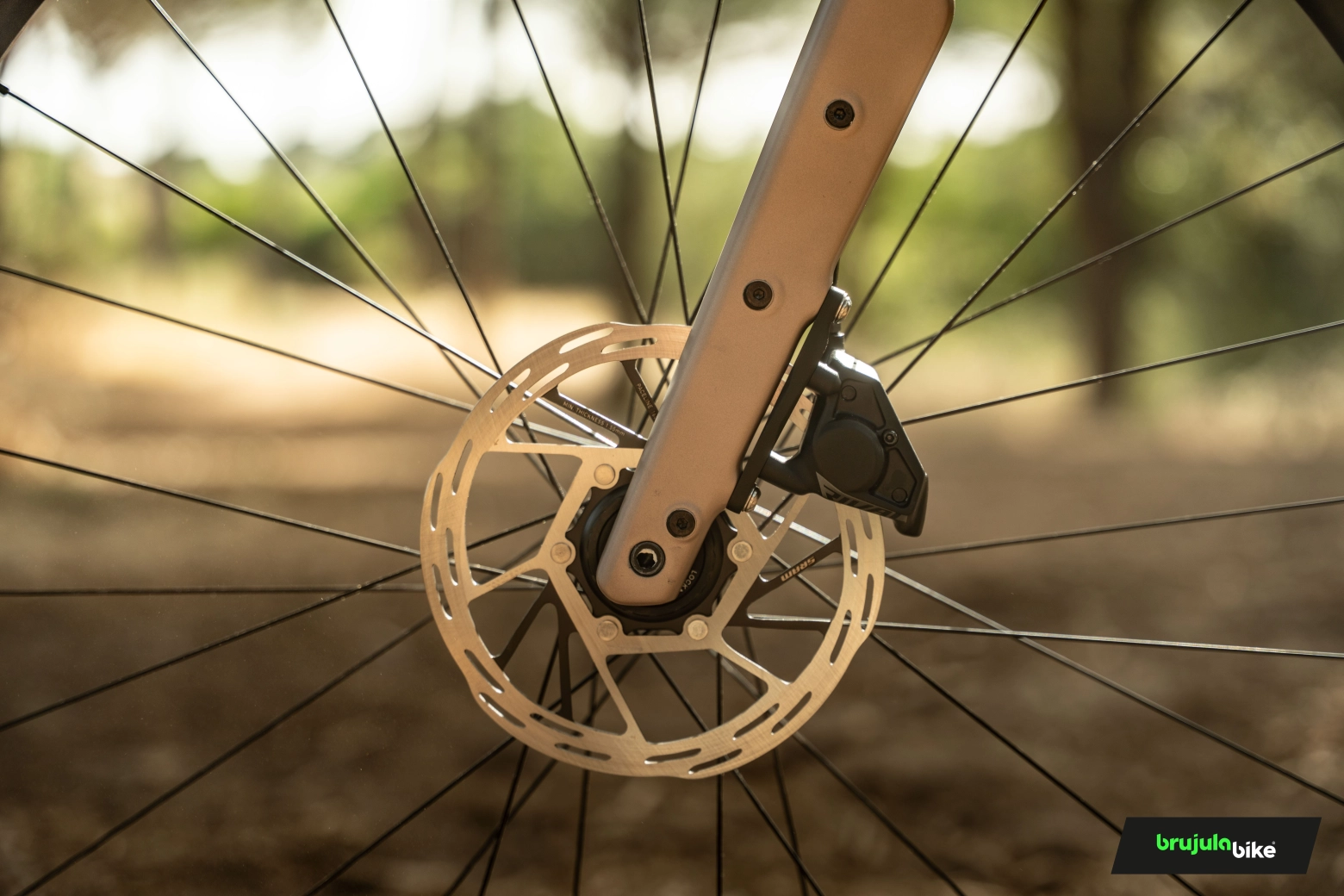
The 13-speed cassette has a 10-46 gearing, that is, it has a range of 460%, but with a very progressive stepping that seeks to always have the appropriate cadence without feeling any sudden jumps. It is compatible with XDR core and with all Flattop road chains. In fact, the Rival chain is common to the 12-speed road groups and the 13-speed XPLR.
Riding with the Rival XPLR
We have been able to test the Sram Rival XPLR group on a new Orbea Terra 2026, to which the simplicity of the single chainring fits perfectly, but without losing gear range, with the limitation that entails. In our bike, the Rival was complete, except for the cassette, which had a Force.
Our attention quickly goes to the derailleur and that very robust construction similar to MTB ones. The Force cassette also has a very similar visual appearance to T-Type cassettes, although as we will see the concepts are very different. The cranks also catch our attention, probably being one of the most beautifully constructed aluminum cranks.
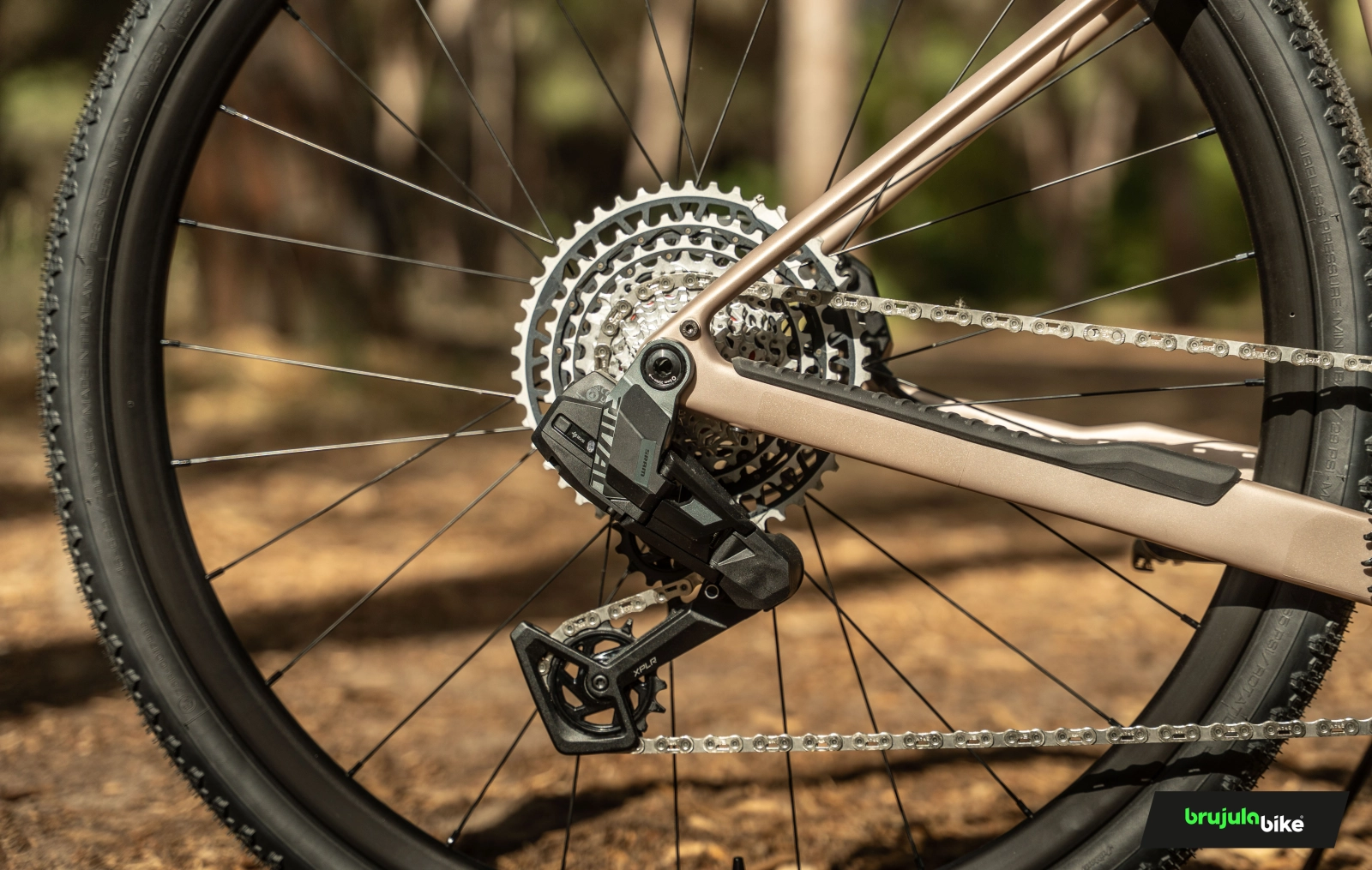
But once in motion, the brake levers have been the part of the group that has surprised us the most. Apart from their carbon lever, which always gives a distinctive touch to the bike, ergonomics are the most remarkable aspect.
On the first day, we adjusted the reach, simply by removing a small cover on the top of the lever and using an allen key. We were able to leave the lever in the most optimal position without it touching the handlebar when braking hard.
The braking of this group is truly surprising. It is enough to say that, holding on at the top and braking with just one finger, we have no problem stopping the bike. And with two fingers, which is what we are used to in these controls, we have more than enough power, so in long descents we have no hand fatigue from prolonged braking and we have a lot of control in this aspect.
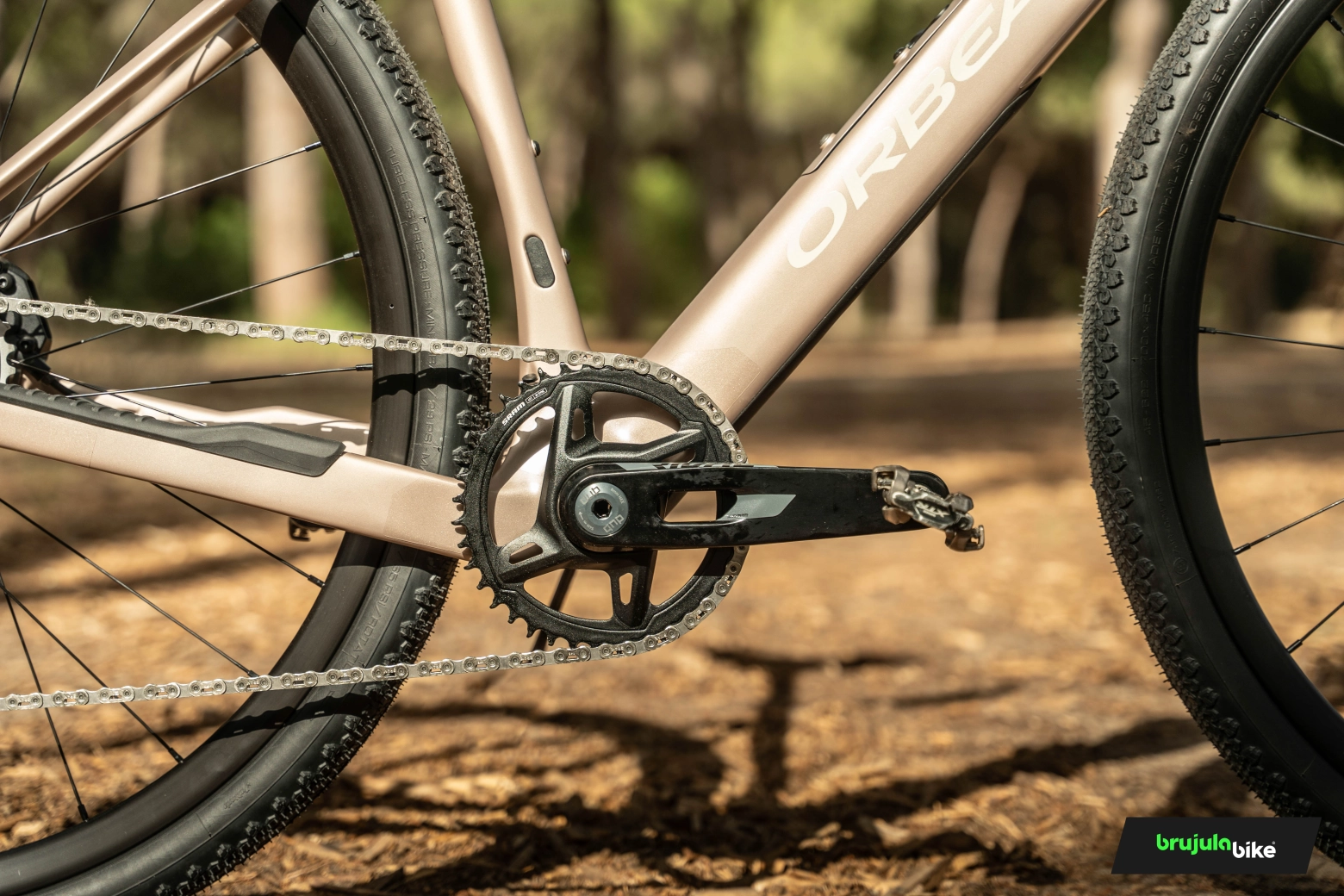
Regarding the gear changes, we have often commented that Sram's system, with a single button on each lever, seems ideal to us, as it eliminates the possibility of pressing incorrectly and is really intuitive. The changes are precise, as expected in a group of this category. But they are also very smooth and allow us to make multiple changes quickly.
It should be noted that, although the design of the derailleur reminds us of MTB T-Type ones, they do not have the same system, and in this case the speed of multiple changes is very high, although not as infallible if we are not moderate in the force of the pedals during the change.
Regarding weight and price compared to its older brother Force, there is an increase of 275 grams in this version without a power meter. The price of the complete group, also without a power meter, is 1560€, which represents a saving of 575€ compared to the Force.
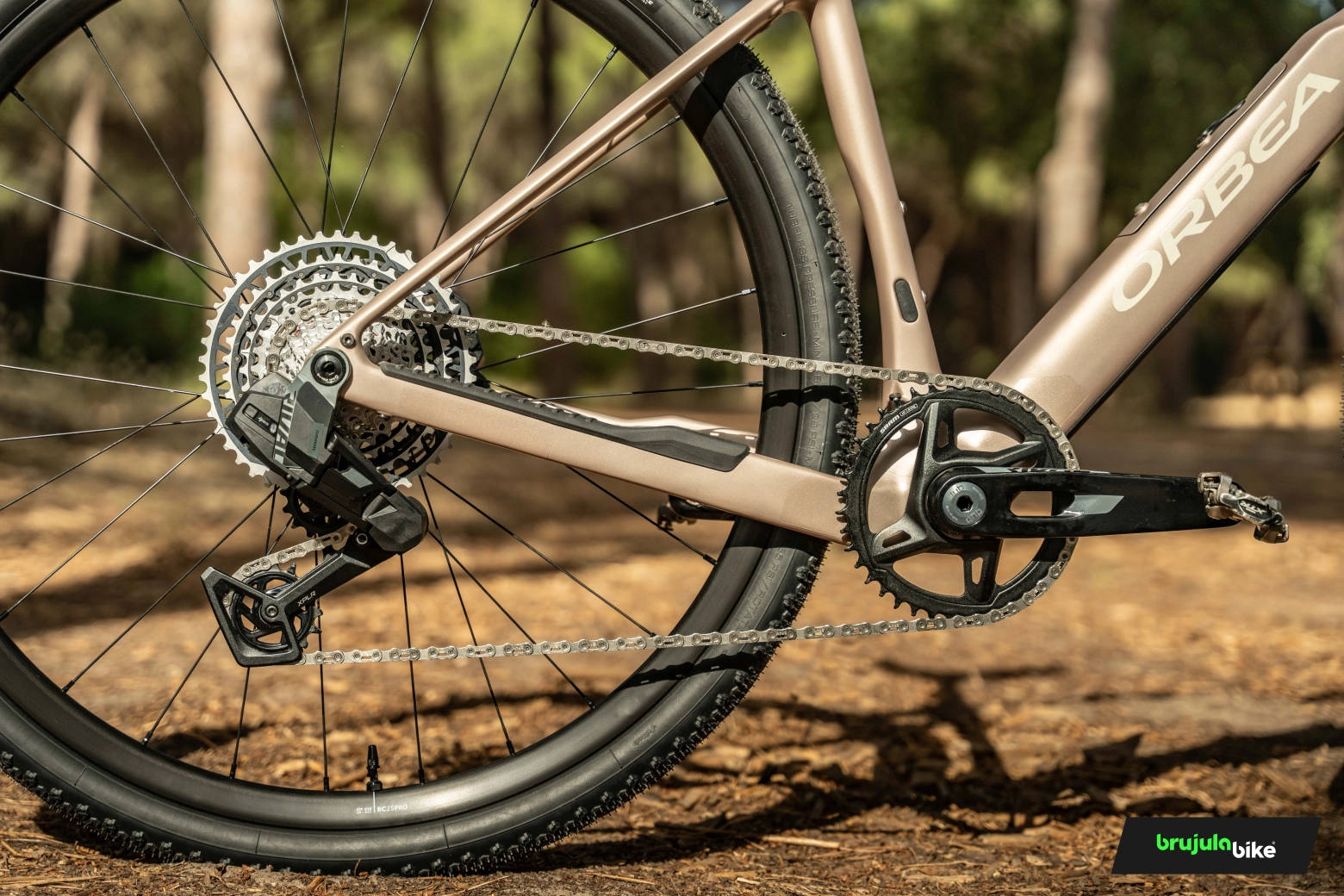
Conclusions
The arrival of this group seems to us very good news for gravel enthusiasts, as it will mean, in mid-high range bikes, the elimination of certain limitations for those users who prefer the single chainring option, and until now saw how the options available in the market did not have a sufficient range of gears to maintain the versatility of a type of bike in which one of its strong points is precisely that, going out to pedal without limitations.
However, for those looking for gear ranges as wide as those of an MTB, they have the option of mounting a mullet transmission, although they will lose the progressive stepping of the XPLR groups.
Sram Rival XPLR: weights and prices per component
- Cassette: 383g - 215€
- Crankset: 76g - 42€
- Cranks: 722g - 145€
- Cranks (power meter): 760g - 325€
- Derailleur: 435g - 355€
- Brake levers: 746g - 280€ each
- Chain: 248g - 50€
- Discs: 289g - 60€ each
- Battery: 24g - 63€
Here you can read more information about the complete test we did of the new Orbea Terra 2026.